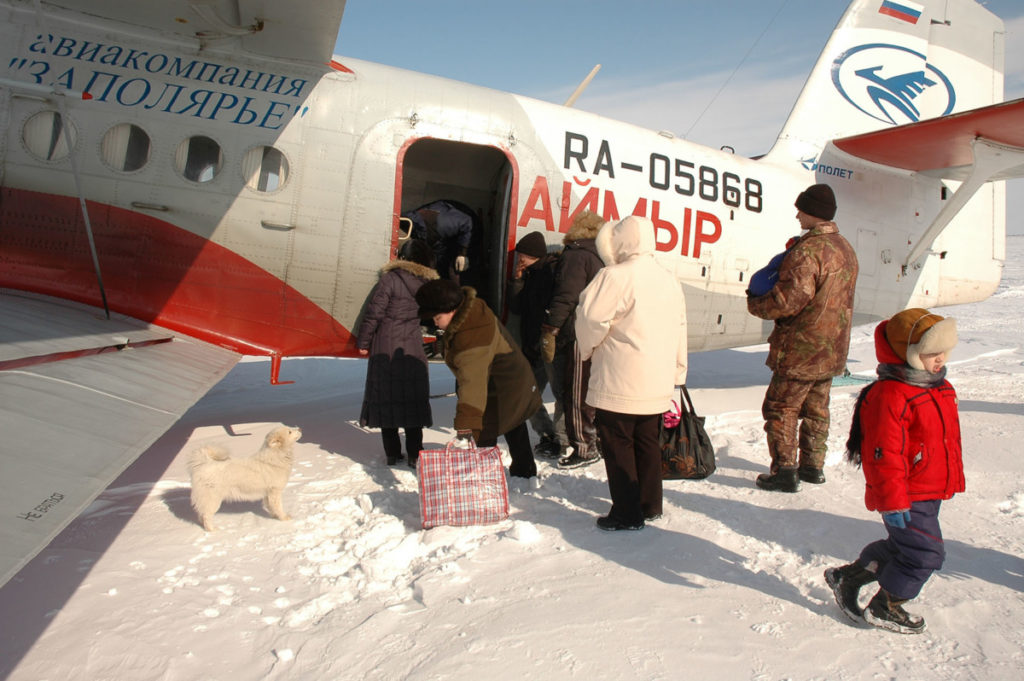#ARCTIC. #SIBERIA. THIS IS TAIMYR. Light multi-purpose aircraft LMS-901 Baikal should replace the ‘corn’ An-2. Manufacturers are placing high hopes on it in terms of reviving local air travel, use in sparsely populated areas with underdeveloped infrastructure, transportation in the Arctic and the Far East.
An-2 is the most massive production aircraft of the Soviet Union. It was created in 1947, a total of 18 thousand ‘corn’ planes were released. No other aircraft even came close to such figures. The car was taken out of production a long time ago, but is still being used in the outback, in agricultural work.
In Taimyr, as well as in other Arctic regions, the famous ‘corn’ was widely used for air communications with the district’s settlements: AN-2 flew to Hatanga, Nosok, Karaul and other remote settlements.
This unpretentious plane could land on the ice of any river or lake, on a snowy field. In the period of 1980-2000s, scientists examined most of the hunting grounds of Taimyr on An-2 aircraft.
After a long break in the use of the AN-2 after the collapse of the Soviet Union, an attempt to revive small aircraft in Taimyr was made. During Oleg Budargin’s governorship, a small airline, Zapolyarye, operated in the district using the ‘corn’ modification – AN-3. The aircraft successfully flew along the same ‘Soviet’ routes throughout Taimyr. When the district was merged with the Krasnoyarsk region, the AN-3 flights in the area were stopped.
The new Baikal aircraft costs 120 million rubles, or about two million dollars. This is cheaper than any western analogue, for example, the canadian Twin Otter, which could replace the An-2 in terms of its characteristics, but costs three times more – six million dollars.
“Baikal takes into account existing developments, as well as the wishes of the regions and operators. This project will revive transportation on local airlines, solve problems with ensuring transport accessibility, primarily in the Arctic and the Far East”, said Denis Manturov, head of the Industry and Trade Ministry.
Follow us on Telegram, Instagram , Facebook and Twitter.
Photo: Denis Kozhevnikov and Baikal-Engineering LLC/flybaikal.ru









